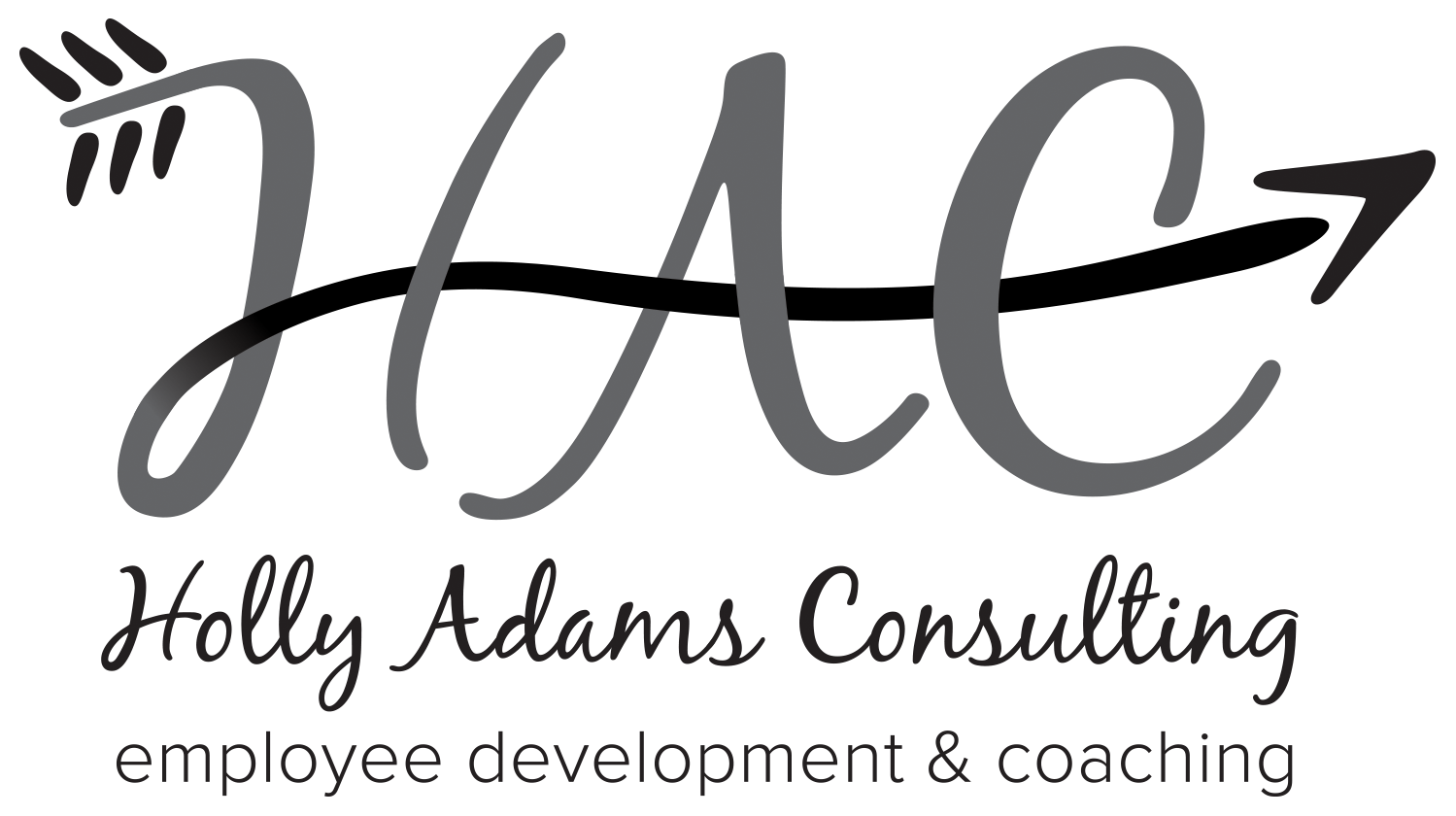Strategic Grit was born of the lessons (sometimes painful, sometimes joyful) that we learned in 2020, a unique year in many ways. Some of these lessons we learned on our own, through our research and personal experiences, and some were learned through our work with clients. But the theme that stands out to us is this: Those best equipped to ride out tumultuous times are nimble, resilient, and forward-thinking. These are people and organizations with Strategic Grit: a resilience that is not random but well-planned, effective, and durable.
As we begin our next series of blog posts, we want to share Strategic Grit success stories. We’ll be sharing examples of real people who use Strategic Grit to get things done and move themselves and their businesses forward.
Holly: Lewis Carroll said, “If you don’t know where you’re going, any road will get you there.” The first step in developing Strategic Grit and using it as a force of good for yourself and your team is to define where you want to go. Together, we establish an end (product) goal and then develop sub (process) goals to help motivate and move us toward the end goal.
Where do we start? First, define success. It’s critical to tackle this seemingly simple step before we do anything else. But, too often, leaders, athletes, and team members kick off a project, season, or workweek without clearly defining what success looks like.
If you’re a student, your idea of success might be a minimum score of 510 on the MCAT (medical college admissions test). If you’re an athlete, your idea of success might be to place in the top 8 in your weight class at the state wrestling competition. You get my drift: the more specific, the better.
Executive coaching examples are more complex. Goals might include building self-confidence to win that coveted c-suite office, increasing virtual team member engagement, mending a fractured relationship with a critical colleague, or managing feelings of overwhelm and incompetence.
A favorite coaching example of mine is when I worked with a mid-level manager to develop interpersonal skills to match his high level of technical skills. Step 1 – Define success. In this situation, we used a clarifying question: What’s the gap between where you are now and where you want to be? His team rated his leadership skills a 5 on a scale of 1-10; he wanted a rating of 8 or higher.
Once we clearly defined his definition of success (a rating of 8 or higher from his team), we focused on what he needed to do to improve his ranking from a 5 to an 8 (end goal). From there, we established more minor (process) goals to make incremental strides toward the end goal.
For the manager, this meant:
- Completing two work style assessments to increase his self-awareness
- Soliciting feedback from his team about communication preferences and meeting efficiency
- Engaging in a crucial conversation with a manager from another department upon which this manager’s team heavily depends for accurate inventory updates
Clearly defining success is simple and critical to developing Strategic Grit. And when success requires more than one person, it’s even more vital to ensure that everyone is clear about success. Jennifer has some great insights. Take it away!
Jennifer: One of my favorite things in the world is to ride a mountain bike in the woods. It’s also fun to introduce new people to the sport. One extremely practical piece of advice for new mountain bikers is to make sure you look where you want to go, not at that rock or tree root you’re trying to avoid. Why? We steer our bike in the direction we’re looking.
The same is true elsewhere in life: We move in the direction of our thoughts and conversations.
This is why it is crucial to imagine and define where we—our company, our nonprofit, our team, our project—want to go. And that’s why the first step in group strategizing is envisioning.
In Strategic Doing, groups begin with a “framing question,” which invites curiosity and enthusiasm for vividly picturing the desired future—the place everyone is focusing on. A team needs to wrestle with its framing question until it genuinely captures the essence of what they hope for in the future. This process of shaping the question can take a few days up to a few weeks.
Here are some examples of framing questions I’ve helped teams shape:
- Imagine that by 2025, our school shines brightly in the region for providing valued opportunities not available elsewhere in the educational ecosystem to a diverse group of students. What does this look like?
- What would it look like if our local live music scene included the performances, perspectives, and skills of women and men equally?
- What if, by the end of 2021, residents viewed our community pantry as a key factor in fostering resilience and recovery from the pandemic. What would that look like?
Once you have the framing question, it’s time to paint a vivid picture, whether with words or images. The team that developed the last framing question in the list did just that: they spent time individually creating verbal descriptions and colorful drawings that pictured the community pantry at the heart of their community’s pandemic recovery.
Each person shared their vision, and then the team developed a collective, shared concept. Out of the sharing and discussion emerged an exciting new future that included a pantry that provided much more than food and was much more holistic in its approach to supporting those in need.
Once the team agreed on a shared vision of the future they intended to bring to life, they could start to build a plan and confidently work together to realize it. There was no doubt about what they were laboring to create.
Putting it together: Whether you are an individual on a solo journey or a member of an organization that’s looking to build a new future, the first step of your journey should be defining where you want to go. Create that clear picture of future success. Define the future vision you’ll work to bring to life. Then you’ll be in position to craft your plans for the rest of the journey.
If you wanted to develop new facets of your abilities, your role, your team, your organization, or your field, where would you begin? How would you start to create your definition of success? How would you create a shared vision of a new future reality?
Every journey requires the first step. What will be yours?



